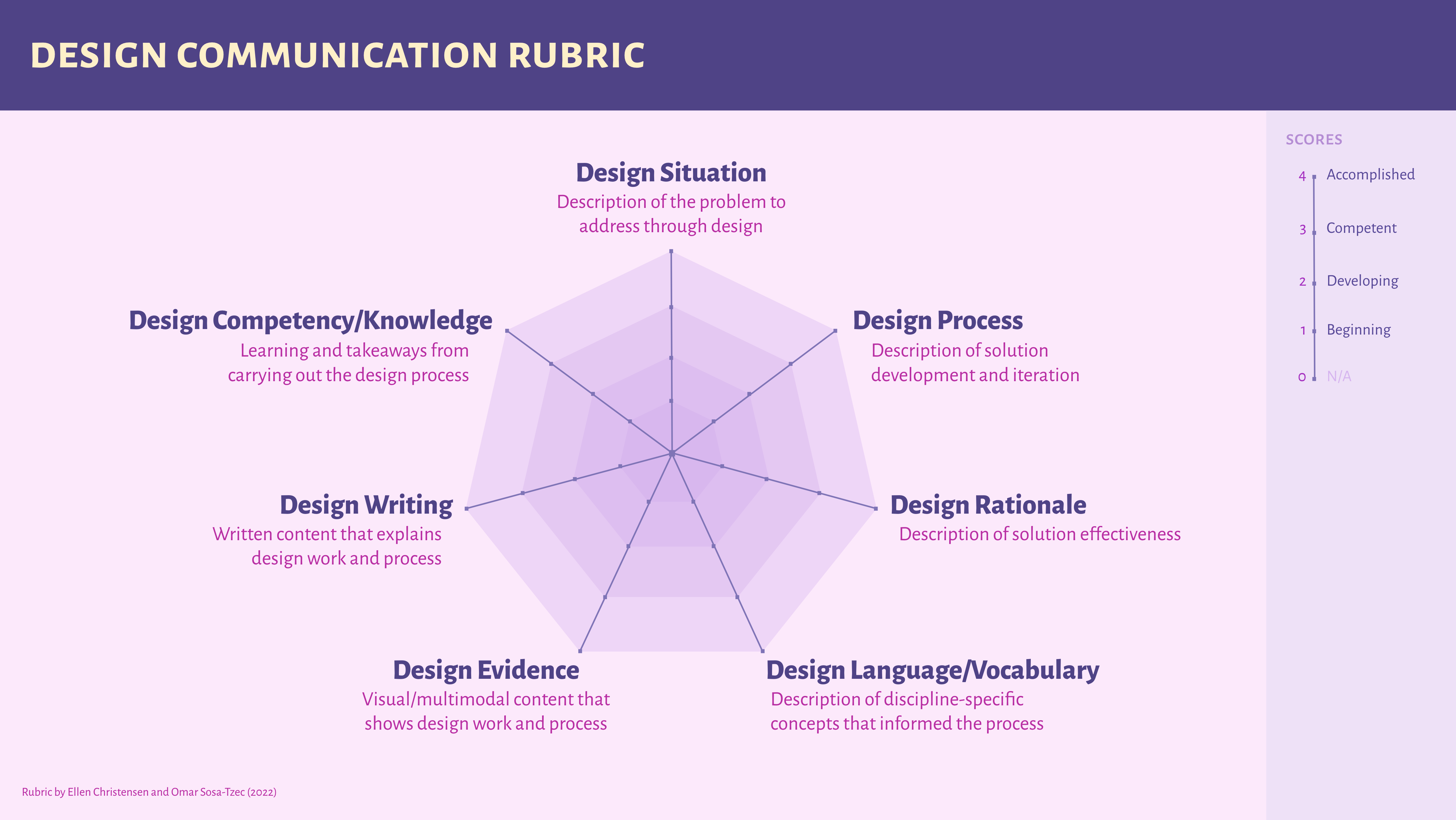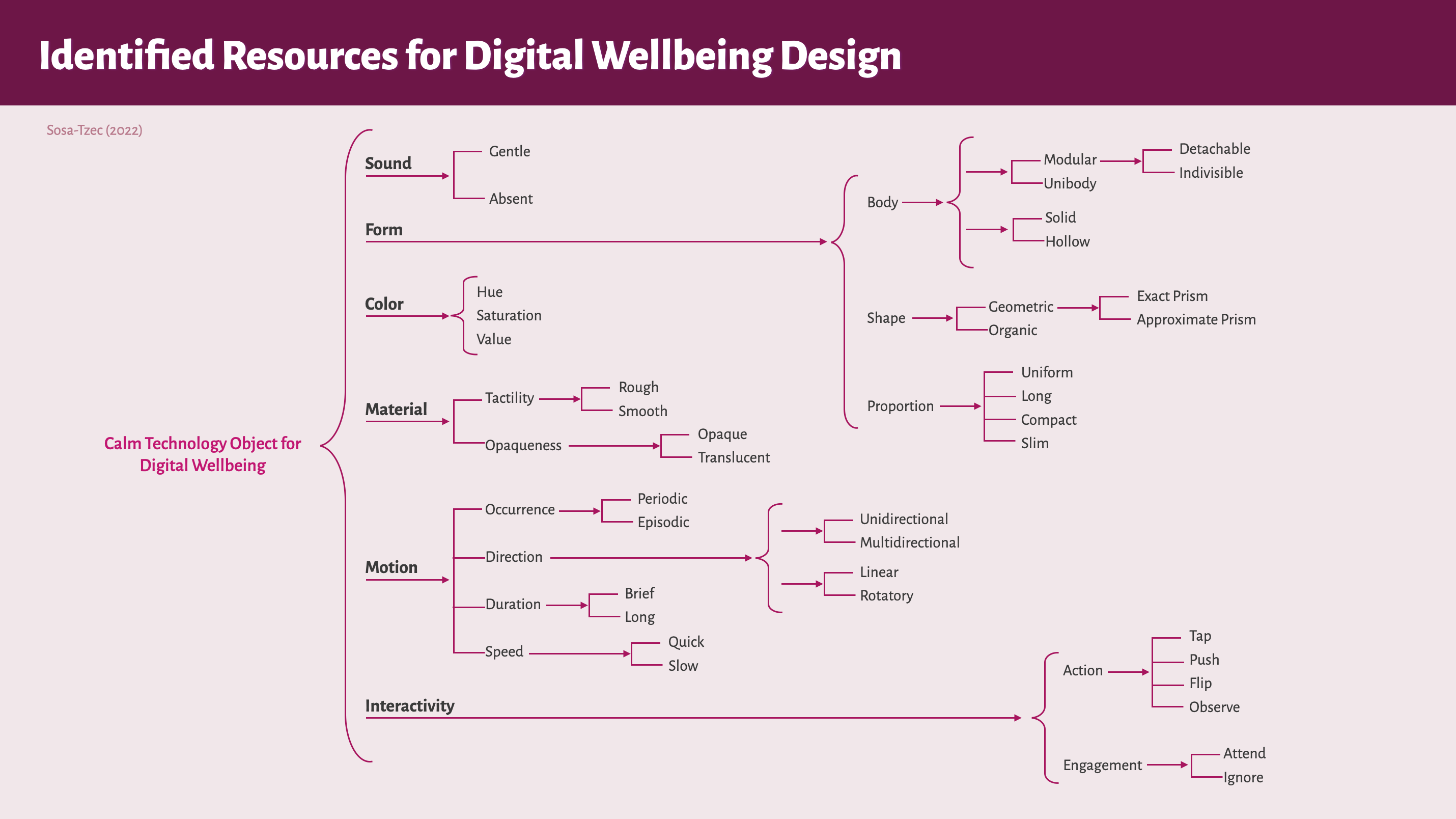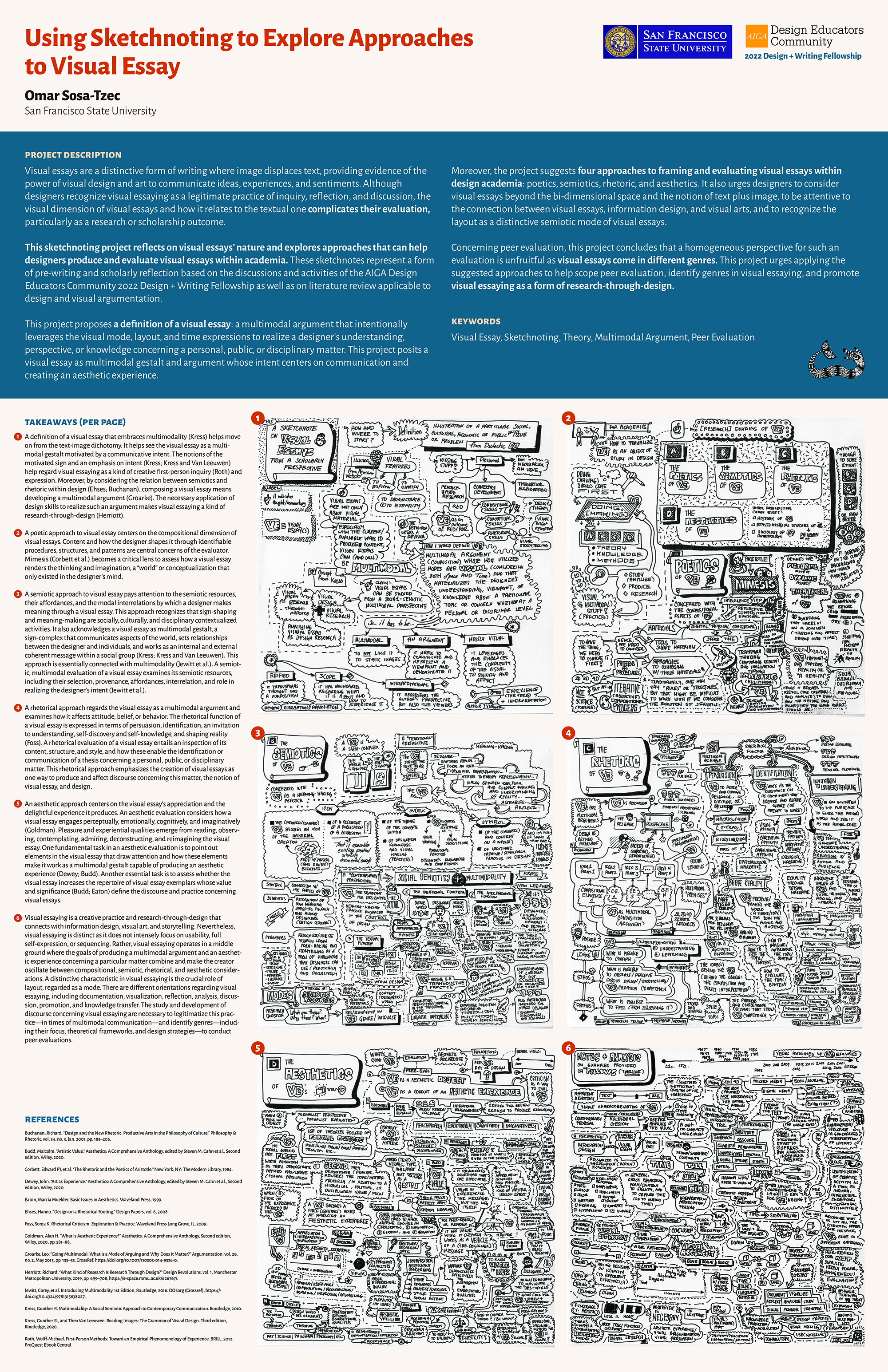Assist. Professor Omar Sosa-Tzec Presenting on Delightful Screen Time Visualizations at NorDes 2023, the 10th Nordic Design Research Society Conference
Assistant Professor Sosa-Tzec will present an exploratory paper on delightful visualizations of screen time for smartphones at the 10th Nordic Design Research Society (Nordes) Conference, which will take place in Norrköping, Sweden. This paper focuses on how to help smartphone users to attain digital wellbeing–that is, a balanced relationship with technology–through unconventional, delightful screen time visualizations. This exploratory work applies Design Delight–Prof. Sosa-Tzec's experiential framework to design for a happy and flourishing life–and sketching to conceptualize such visualizations. Through this paper, Prof. Sosa-Tzec argues that delight (in relation to digital well-being products and experiences) plays an important role in helping people attain digital wellbeing. Moreover, he urges designers to recognize sketching as a valuable activity concerning research through design.
The paper is available in the digital proceedings of the Nordes 2023 conference, published in the Design Research Society Digital Library.




